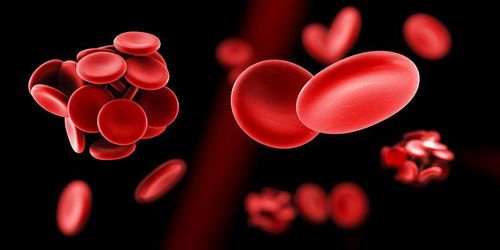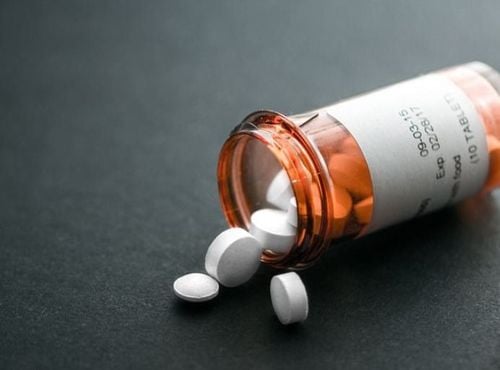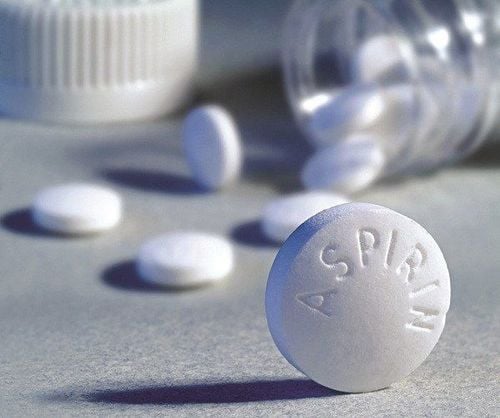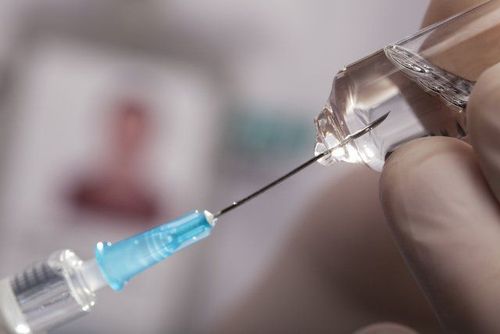This is an automatically translated article.
The article is professionally consulted by Specialist Doctor I Tran Quoc Vinh - Emergency Doctor - Department of Resuscitation - Emergency - Vinmec Nha Trang International General Hospital. Doctor Tran Quoc Vinh has more than 6 years of experience (starting in 2011) in the field of Emergency Medicine.1. What is thrombophlebitis of the lower extremities?
Veins are blood vessels that carry blood from the organs back to the heart. When the veins of the lower extremities are affected, they will reduce the function of conducting blood to the heart, causing damage, also known as lower extremity thrombophlebitis.Depending on the degree of damage to the veins, we can divide the disease into two groups: superficial phlebitis and deep phlebitis.
Superficial phlebitis: usually not serious, the inflammation is just near the surface of the skin, the disease is formed mainly due to external influences such as catheterization for intravenous fluids or drug infusion.., The disease can spontaneously resolves when the effect is stopped without treatment. Deep phlebitis: This is an inflammation that is deeper and more widespread on the surface of the skin, which is also dangerous to the patient's life if not treated promptly. Deep veinitis often occurs when blood clots are formed in the veins, which can move to the lungs, leading to pulmonary embolism, causing serious consequences if not treated promptly.
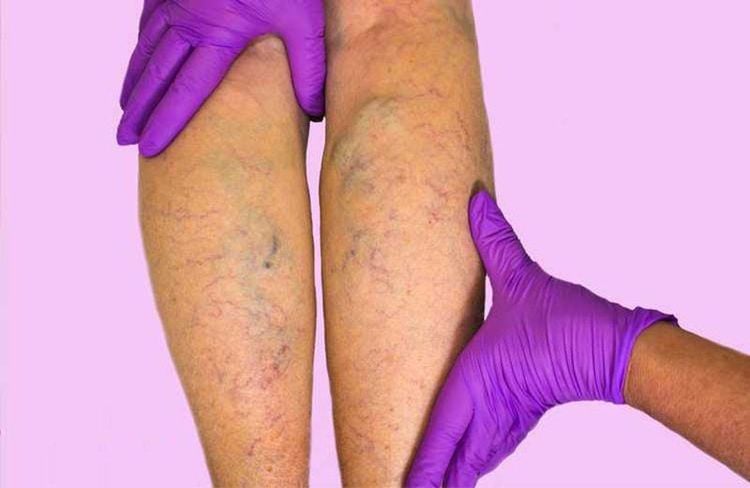
2. Is thrombophlebitis of the lower extremities dangerous?
For superficial thrombophlebitis, there will be no complications if treated promptly. But if left too late, the sterile inflammation will turn to infection and spread to the surrounding, causing extremely dangerous blood infection.For deep vein thrombosis, in addition to the inflammation that causes damage, a blood clot will also form if it runs to the lungs, which will cause pulmonary embolism, pulmonary infarction, causing a risk of death. When a patient has deep vein thrombosis, it is necessary to go to the doctor and treat immediately, to avoid dangerous complications.
3. How to recognize lower extremity phlebitis?
Signs to recognize phlebitis of the lower extremities whether shallow or deep, the patient feels pain in the injured area. The affected vein area will emerge like a crawling worm, red hot, and painful to the touch.The disease is divided into three stages:
The first period: The affected limbs have cold numbness, intermittent pain The next period: The blood vessels are blocked leading to the condition of the toes and hands having purple phenomenon. The patient's pain is unbearable. Late stage: The affected area has swelling, yellow water or pus. In addition, the patient also has systemic symptoms for people with deep veinitis of the lower extremities. smoldering fever, fatigue, or nervousness, shortness of breath. If the thrombus moves to the lungs, causing coughing up blood, pulmonary embolism, pulmonary infarction...
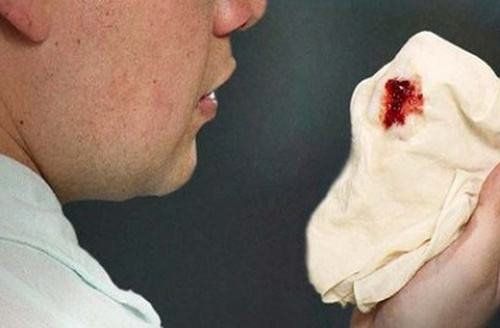
4. Who is susceptible to thrombophlebitis of the lower extremities?
Thrombophlebitis of the lower extremities can affect people of any age. However, some of the following groups of people have a higher risk of disease than the general population:Elderly people, especially people over 60 years old Group of overweight and obese people People who drink a lot of alcohol and smoke regularly Women Pregnant women Cancer patients and undergoing cancer treatment People who are inactive or inactive for a long time People with a history of deep vein thrombosis or blood clotting disorders.
5. How to treat phlebitis of the lower extremities
Depending on the patient's condition, the doctor will apply different methods of treating phlebitis of the lower extremities such as:Treatment of superficial phlebitis: Remove venous catheter, use antibiotics if infected, or warm compress Treatment of deep phlebitis: Using anticoagulants, thrombolytics, surgery to remove blood clots, placing filter tubes into blood vessels when anticoagulants cannot be used...

6. How to prevent thrombophlebitis of the lower extremities
Thrombophlebitis of the lower extremities is a disease related to diet and exercise. People should avoid standing for a long time, sitting a lot. For office workers or people who have a job where they sit for a long time, they should take a few minutes break to relax their limbs, exercise to circulate blood. Everyone should eat a lot of fruits and vegetables, exercise daily, have a healthy diet. Note not to use stimulants such as alcohol, coffee, tobacco...Vinmec International General Hospital provides customers with a package of lower extremity varicose veins to help determine the cause, complications and level of the disease. varicose veins. As one of the hospitals that not only ensures professional quality with a team of leading medical doctors, a system of modern equipment and technology, but also stands out for its comprehensive, specialized medical examination, consultation and treatment services. Karma; civilized, polite, safe and sterile medical examination and treatment space. Customers when choosing to perform tests here can be completely assured of the accuracy of test results.
Please dial HOTLINE for more information or register for an appointment HERE. Download MyVinmec app to make appointments faster and to manage your bookings easily.





